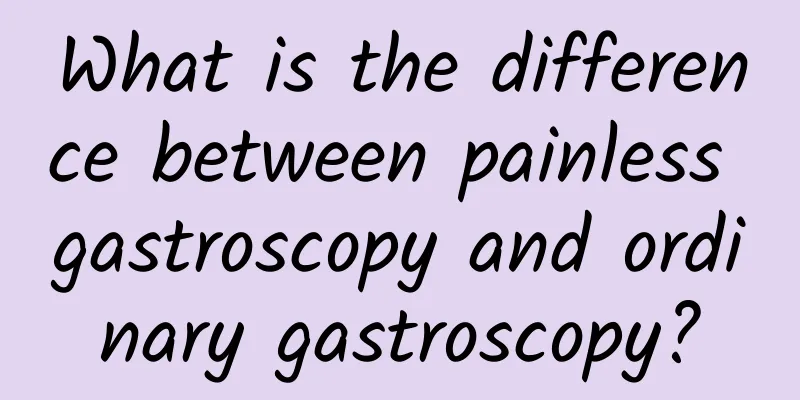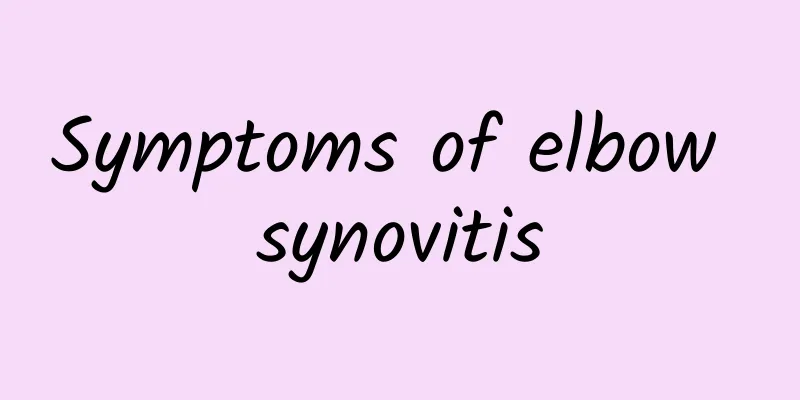What is the difference between painless gastroscopy and ordinary gastroscopy?

|
Gastroscopy is the best and most accurate way to understand the health of the patient's stomach. However, now there are two types of gastroscopy: painless gastroscopy and ordinary gastroscopy. Painless gastroscopy allows patients to undergo the operation in a painless, safe and deep sleeping state, while ordinary gastroscopy will make patients feel nauseous and vomit. Ordinary gastroscopy Since most patients experience nausea and vomiting during examinations, and are often psychologically tense, anxious, and fearful, many patients tend to refuse examinations, which delays diagnosis and treatment. With the development of medical technology and the improvement of people's living standards, allowing patients to undergo gastroscopy examination and treatment in a safe and painless state has become a pursuit of the medical community. Painless gastroscopy was born under this requirement. Painless gastroscopy It is based on ordinary gastroscopy examination, combined with intravenous injection of drugs such as propofol, fentanyl and lidocaine. Because intravenous injection of fentanyl and propofol has sedative and analgesic effects, and they have a rapid onset of action, quick recovery, short half-life, strong controllability, and no accumulation in the body, the patient will quickly enter a snoring state during the gastroscopy, and the cricopharyngeal muscle will be relatively relaxed, which will facilitate the advancement of the gastroscope. Examination and treatment are carried out simultaneously 1. Examination: Under gastroscopy, pathological cell examination can be performed on the lesion tissue to clarify the nature of the lesion. This is the "gold standard" for diagnosing various chronic gastritis, gastric ulcers, esophageal cancer, and gastric cancer. 2. Treatment: Various treatments can be performed under gastroscopy, including high-frequency electroresection of gastric polyps; endoscopic hemostasis by spraying, injection, and titanium clips; endoscopic resection of microgastric cancer; endoscopic microwave therapy, etc. Painless gastroenteroscopy is known as the "guardian of the digestive tract". Gastrointestinal polyps and early malignant tumors can be directly removed under the endoscope, completely curing them and avoiding the pain of surgery. At the same time, it also saves patients a lot of medical expenses. |
<<: How to effectively treat herpes hand, foot and mouth disease
>>: What is vasculitis? The cause and health care of vasculitis
Recommend
Is Chinese medicine effective in removing freckles?
When people reach a certain age, many dark spots ...
Irregular uterine contractions after three days of spotting
Uterine contractions mainly refer to the contract...
Is it normal to lose appetite during late pregnancy?
Every pregnant woman is the center of the whole f...
What are the symptoms of chronic nephritis? How to care?
Chronic nephritis is a disease that affects young...
What causes ear pain?
When a child suffers from any minor illness or pa...
Why do people have black moles?
Although it is common to have moles on the skin, ...
Cervical spondylosis
Cervical spondylosis is a type of cervical spondy...
Side effects of estrogen medications
Sometimes people can only choose some hormone dru...
Where does appendicitis hurt?
Appendicitis is divided into acute and chronic in...
What are the effects and functions of morels
In fact, morels can be said to be a treasure on o...
How to treat stage 4 hemorrhoids?
Stage four hemorrhoids are more serious, so for h...
What is the cause of pain on the edge of the tongue? How to treat it
The symptom of pain on the edge of the tongue wil...
Bloody discharge
Bloody discharge mostly refers to blood in women&...
Contraindications and diet for favism
Favism is a relatively serious disease. After eat...
The incubation period of AIDS
When talking about AIDS, many people will have an...









